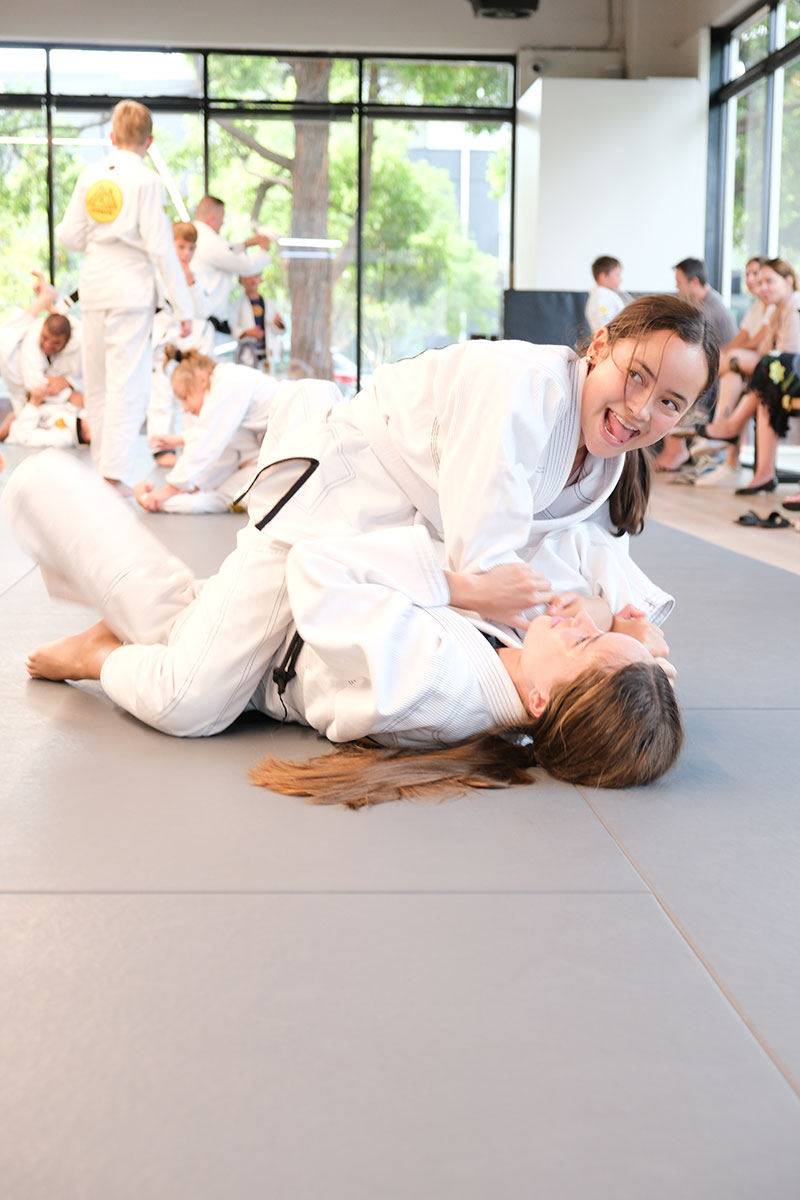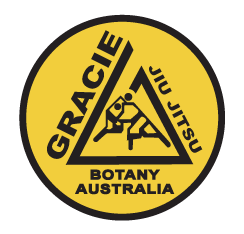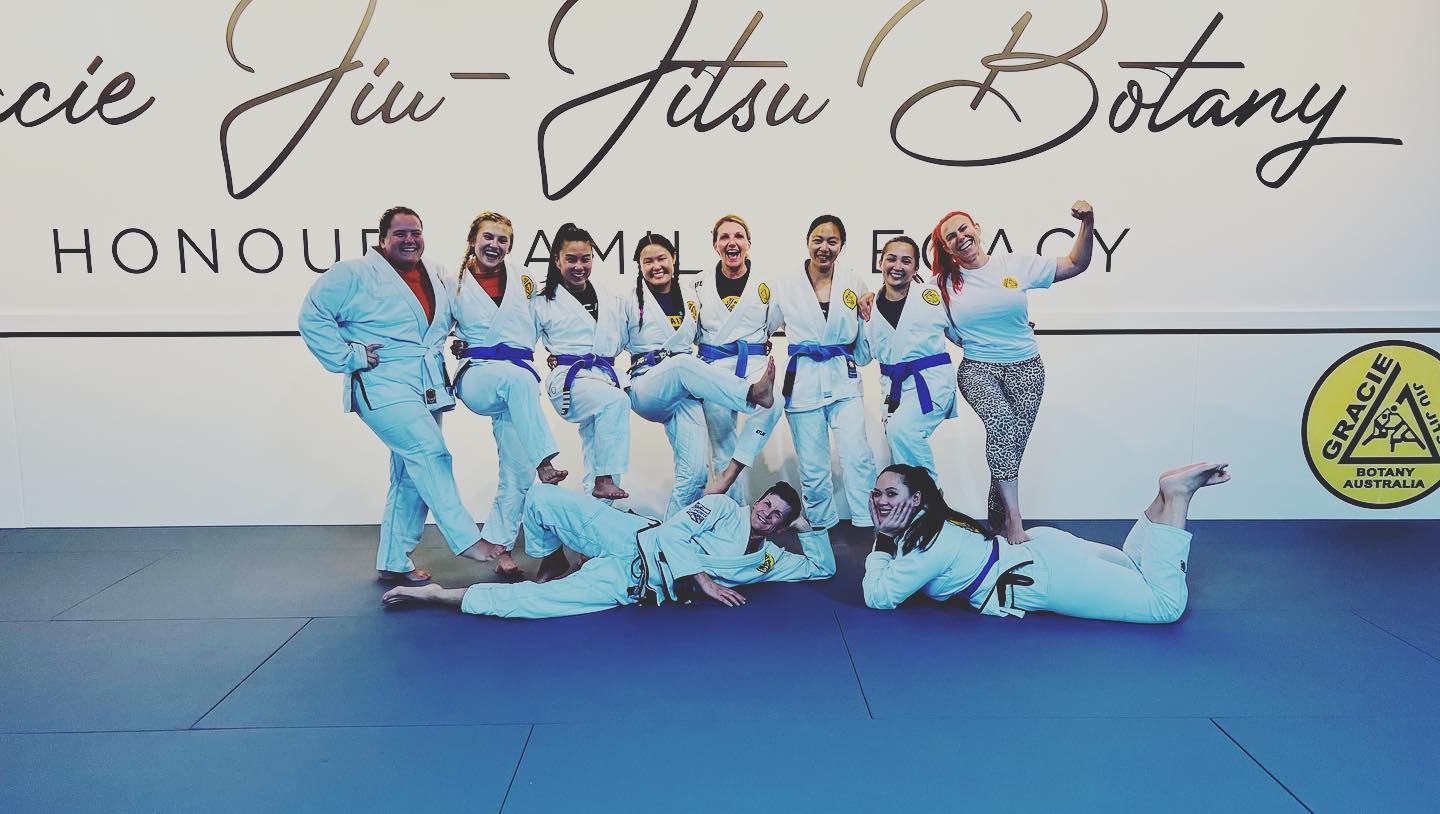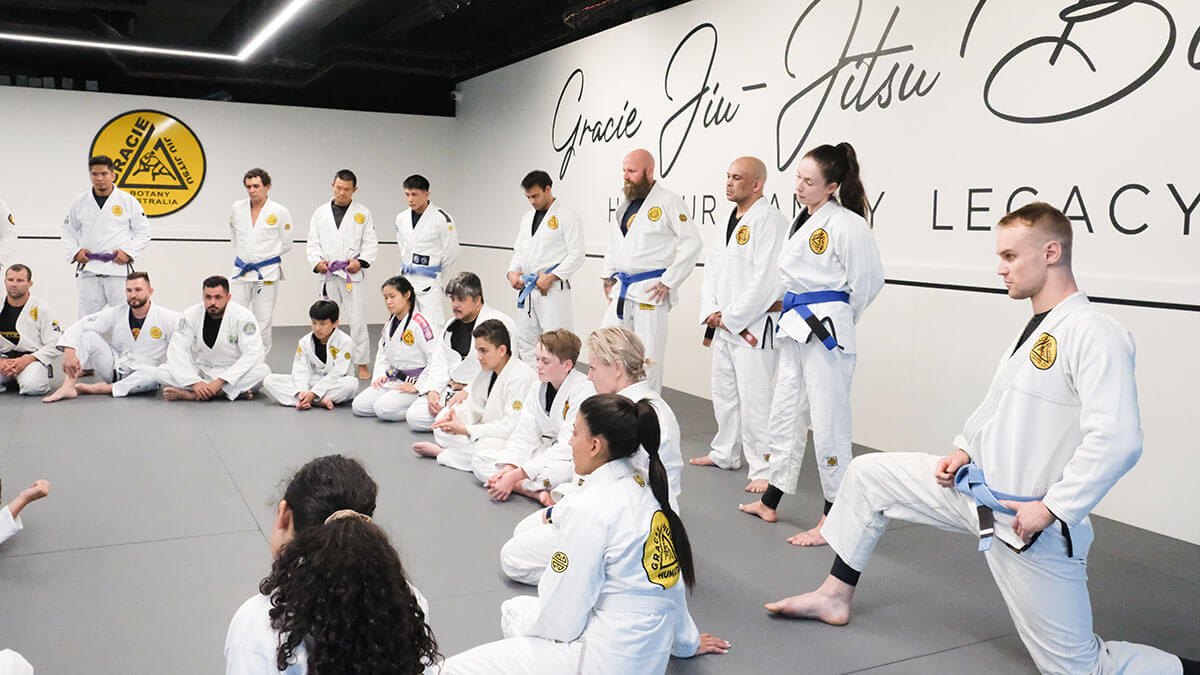If you’re on this page we’re assuming you’re interested in learning a martial art for self defence, or in signing your kid up for same. And we’re also betting that you’re a little bit confused about how Brazilian Jiu-Jitsu compares to other martial arts – or maybe you don’t even know what BJJ is.
That is totally fine, and those confusions are totally valid. Unless you’ve spent time on the mats, or dozens of hours watching MMA, it’s hard to distinguish one martial art from another. But which discipline you choose very much determines which path of self defence you go down.
To start with, our Gracie Botany school is a Jiu-Jitsu academy in Sydney’s eastern suburbs. We specialise in the grappling martial art, and trace our lineage back to the Gracie family that helped make the UFC famous.
There are a few fundamental things you need to know to understand BJJ.
First, it’s a grappling-only discipline. There are no punches, kicks, knees, elbows or headbutts. Our martial art is all about taking someone to the ground, controlling them and finally submitting them. It’s about chokes and armbars rather than punches and kicks. This distinguishes it from most other martial arts, like Karate and Taekwondo, which centre around strikes.
Second, as indicated above, it predominantly focuses on ground-based grappling. Though Jiu-Jitsu practitioners do learn takedowns, the discipline puts far greater emphasis on what to do once you’re on the ground. This is how it distinguishes itself from other grappling disciplines, like wrestling and Judo.
And finally, it’s a highly practice-based art. We end every session at Gracie Botany with 15 to 20 minutes of sparring, or “rolling.” Because there is no striking and almost no slamming, it’s possible to practise BJJ at full intensity regularly. As with every physical endeavour, there is an injury risk. But in avoiding strikes, particularly to the head, and slams, two of the biggest risks are mitigated.
Not only is hard BJJ training great for fitness, but it mimics the pace and intensity of a real-life scrap.

Jiu-Jitsu is built different
If you’re comparing BJJ to any other martial art, it will differ along one, two or all three of the parameters outlined above.
Take Karate and Taekwondo, for instance. Both martial arts focus exclusively on strikes from a standing position. Moreover, sparring against another resisting opponent is only integrated after months or even years of training. And in both cases, students train for showcases – kata in karate and poomsae in Taekwondo – but as much as they train practical self defence skills.
Of all martial arts, Jiu-Jitsu is closest to Judo and wrestling. In fact, BJJ started when the Gracie family began modifying techniques taught to them by a Japanese Judo master. Yet the chief innovation Jiu-Jitsu brought to grappling is the concept of being dangerous from your back.
While Judo mostly focuses on throws, and wrestling on pinning your opponent’s shoulders to the ground, BJJ is about submissions. If you take up Jiu-Jitsu classes, you’ll learn how to apply chokes, armbars, leglocks and other submissions from your back, known as the “guard”.
All about self defence
When the Gracie family modified Judo techniques, they largely did so for one purpose: to make a martial art that’s effective for smaller, weaker practitioners. Helio Gracie, whose portrait hangs on our wall at Gracie Botany, was more feeble than his older brothers, forcing him to use leverage and timing rather than strength and power.
That’s why BJJ focuses so much on ground-based combat. The discipline’s practicality is not merely that most fights on the ground. It’s that once you take someone to the ground, they’re far less able to use their power. Taking a bigger and stronger foe to the ground neutralises some of their advantage.
From there, timing, strategy and sharp technique can overcome enormous size differences. That’s why Jiu-Jitsu is so highly recommended for women and children.
If you’re interested in learning self defence, come into Gracie Botany in Sydney’s eastern suburbs for a free trial class.



